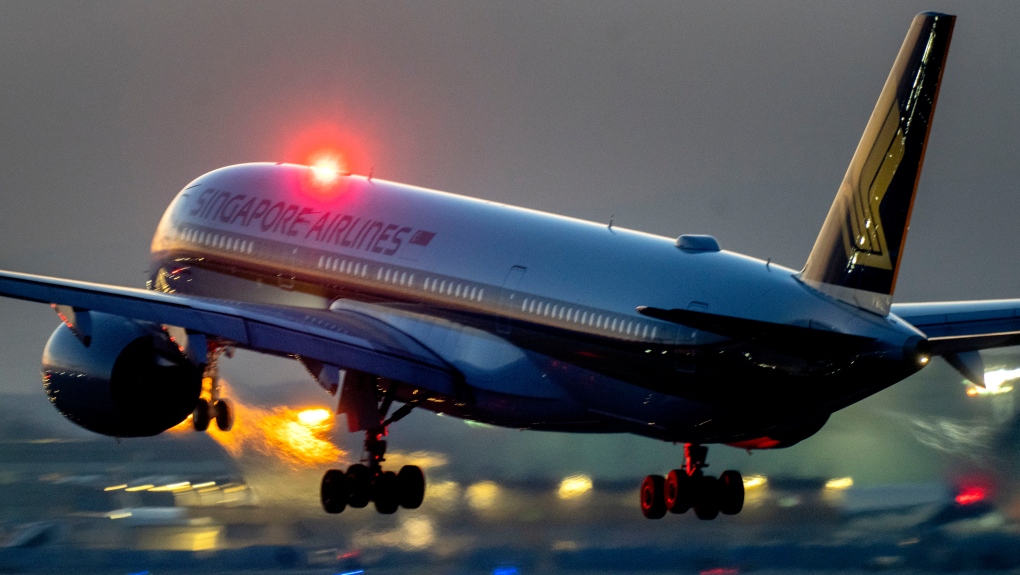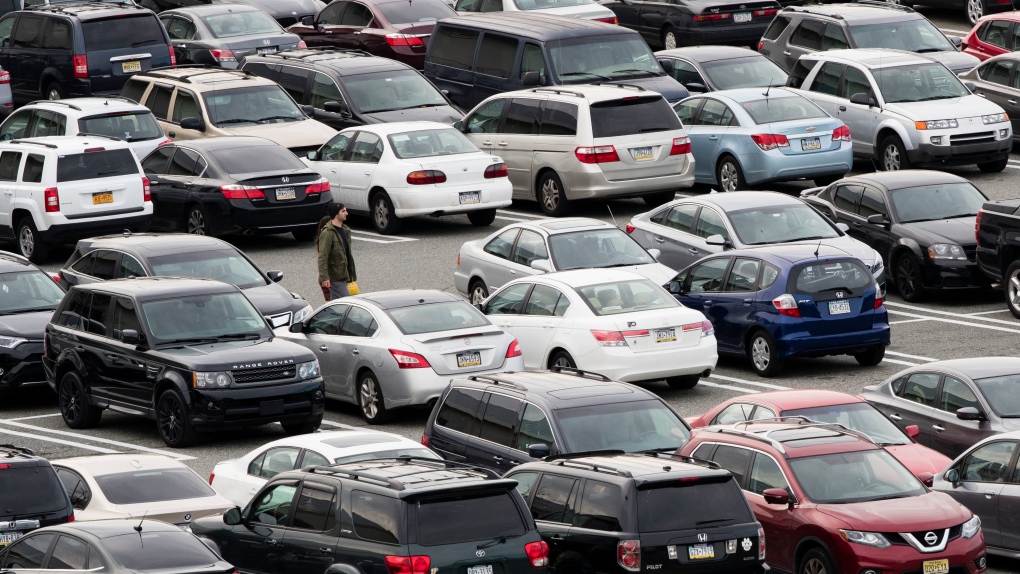Flight turbulence is such a common aspect of flying that every air traveller has likely encountered it at some point.
Sometimes, however, turbulence can be so heavy as to cause serious injuries to passengers and cabin crew, as was the case when a Singapore Airlines flight from London hit severe turbulence en route to Singapore on Tuesday. A 73-year-old man died and 30 others were injured in the incident.
“It’s not too uncommon to hit turbulence during a flight, but to hit such severe turbulence is not very common,” CTV News’ aviation expert Phyl Durdey said in an interview on CTV News Channel Tuesday morning.
Turbulence-related airline accidents are the most common type, according to a 2021 study by the U.S. National Transportation Safety Board. From 2009 through 2018, the agency found that turbulence accounted for more than a third of reported airline accidents and most involved one or more serious injuries, but no aircraft damage.
Turbulence arises from eddies in the atmosphere generated by convection, wind shears in clear air, mountain waves, surface features and aircraft wake vortices, the NTSB report explains.
In the case of the Singapore Airlines incident, the flight first sank into an air pocket during in-flight breakfast service, then encountered turbulence so severe the pilots were forced to make an emergency landing in Bangkok, Thailand.
Reuters reports the man who died, a British citizen, likely died due to a heart attack. Seven people were critically injured with head injuries and 18 people have been hospitalized.
‘Can’t forecast it’
Durdey said part of what makes severe air turbulence dangerous is that it can appear without warning, giving crew little time to prepare passengers.
“The clear air turbulence which they probably hit, you can’t see it, can’t forecast it. It’s just where these air masses collide and causes some severe updrafts and downdrafts,” Durdey said. “It seems to be quite abrupt, what they hit.”
While aircraft can weather turbulence well, the severe shaking and sudden elevation loss can cause people in the cabin not wearing a seatbelt to fly out of their seats, sometimes leading to severe injuries.
“As a passenger, you should always wear your seatbelt, even loosely wrapped around you,” Durdey said. “When you hit severe turbulence like that…you go up and you hit the overhead bins, and that’s where you get head injuries, neck injuries, back injuries.”
According to a passenger on the Singapore Airlines flight, this is the scenario that unfolded on Tuesday.
Dzafran Azmir, 28, told Reuters that when the plane dropped suddenly, everyone seated and not wearing a seatbelt was launched into the ceiling.
“Some people hit their heads on the baggage cabins overhead and dented it, they hit the places where lights and masks are and broke straight through it,” he said.
Ambulances are seen at the airport where a London-Singapore flight that encountered severe turbulence was diverted to, in Bangkok, Thailand, Tuesday, May 21, 2024. (AP Photo/Sakchai Lalit)
Durdey added that flight attendants, who are often on-foot providing cabin service while passengers are seated, tend to “bear the brunt of the injuries.”
Fortunately, he said modern aircraft are designed to handle severe turbulence, so the main risks associated with turbulence involve loose items and people not securely stowed or buckled into their seats.
“They’re all designed to adapt to that kind of turbulence, they’re built to a certain specification… to such a high standard they can withstand what mother nature has to put at them,” Durdey said.
With files from Reuters




